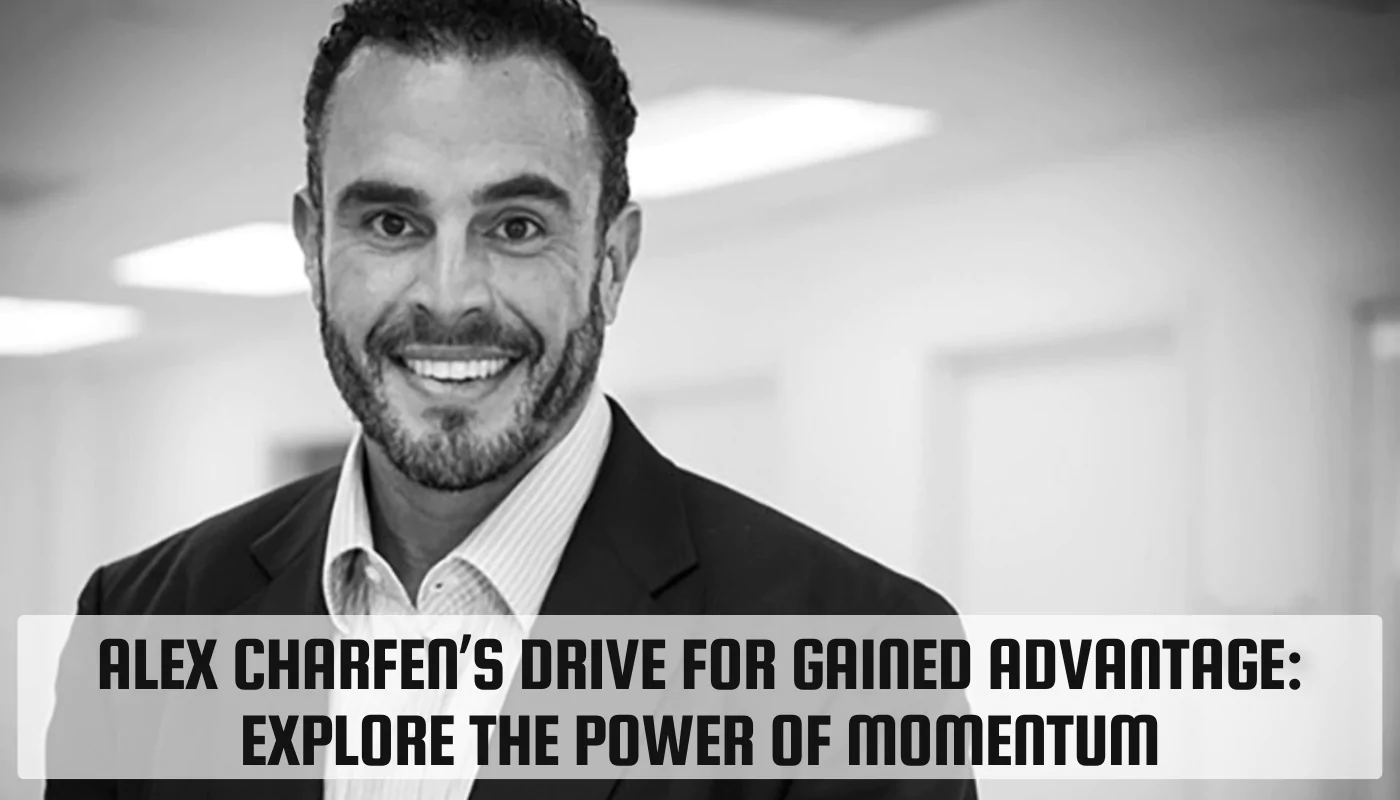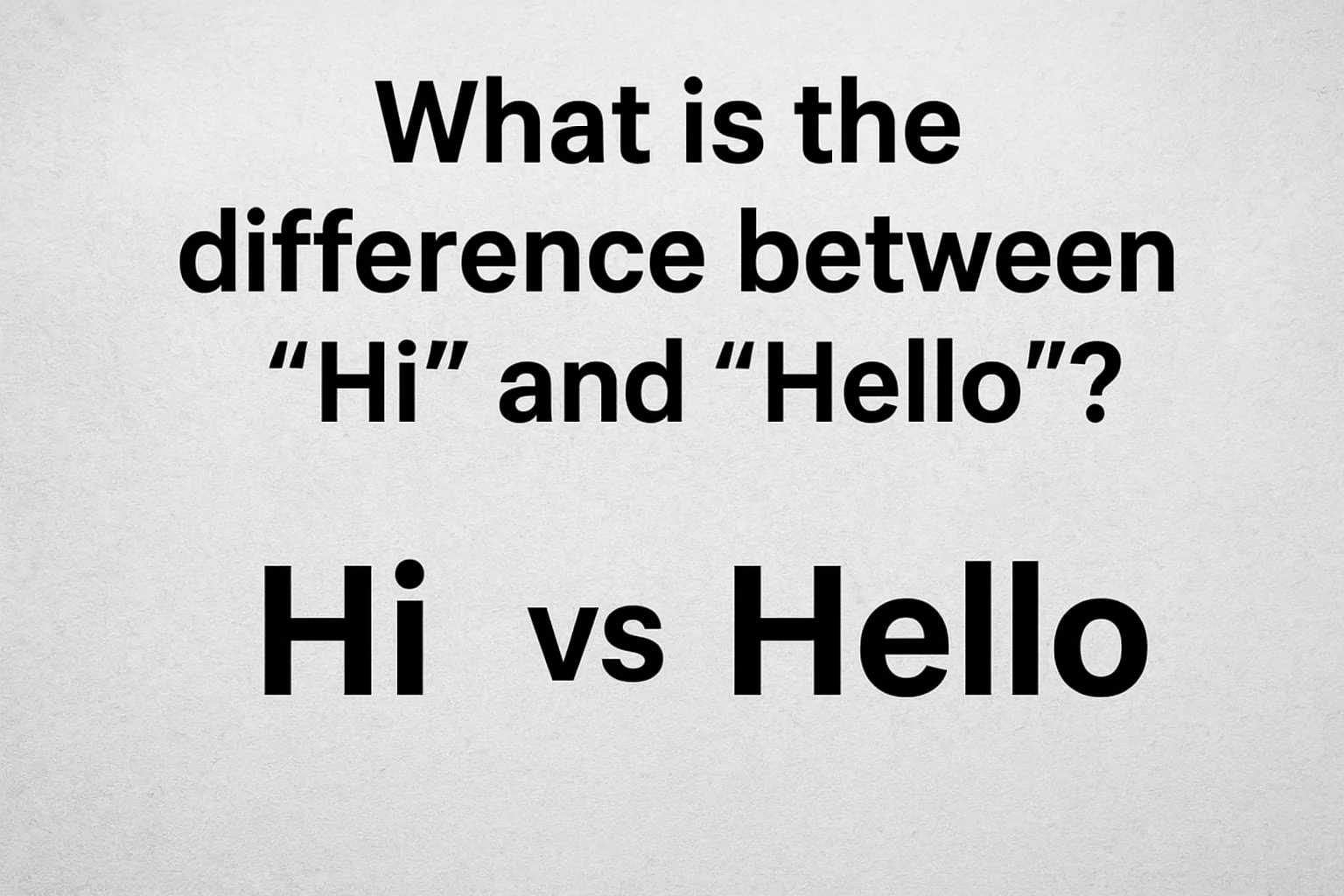Alex Charfen’s Drive for Gained Advantage: Explore the Power of Momentum

Alex Charfen believes momentum is key to success. He teaches how to build and keep momentum in life and work. This article will explain his ideas and how they can help you.
Understanding Momentum
Momentum, in the context of personal development, refers to the force or energy that propels you forward towards your goals. It’s the feeling of being unstoppable, the ability to consistently take action, and the drive to keep pushing through challenges. Momentum impacts success and productivity significantly, as it allows you to achieve more in less time and maintain focus on your priorities.
Alex Charfen’s Background
Alex Charfen, a successful entrepreneur and motivational speaker, has dedicated his life to understanding and harnessing the power of momentum. His early life and career experiences, including overcoming setbacks and building multiple businesses, shaped his understanding of the role momentum plays in achieving success. He founded CHARFEN, a company dedicated to helping individuals and businesses achieve their full potential through the application of momentum principles.
The Momentum Equation
Charfen introduced the Momentum Equation, a simple yet powerful formula that can be applied to any area of life:
- Momentum = Mass x Velocity
In this equation:
- Mass represents your ability to take action. It’s about your skills, knowledge, and resources.
- Velocity represents the speed at which you take action. It’s about your focus, energy, and determination.
To increase your momentum, you can either increase your mass (by acquiring new skills or resources) or increase your velocity (by focusing on your priorities and taking action quickly).
The Entrepreneurial Personality Type (EPT)
Charfen identified a specific personality type that is particularly well-suited to harnessing the power of momentum: the Entrepreneurial Personality Type (EPT). Individuals with this personality type are characterized by their drive, ambition, and creativity. They are often risk-takers and are comfortable with uncertainty. Understanding your EPT can help you leverage your strengths and overcome your weaknesses to achieve greater momentum.
Creating and Sustaining Momentum
To create and sustain momentum, consider the following strategies:
- Set Clear Goals: Define specific, measurable, achievable, relevant, and time-bound (SMART) goals.
- Prioritize Tasks: Focus on the most important tasks and eliminate distractions.
- Take Action Daily: Even small steps can build momentum.
- Celebrate Wins: Acknowledge your achievements, no matter how small.
- Learn from Failures: Use setbacks as opportunities to grow.
- Build a Strong Support System: Surround yourself with positive and supportive people.
- Practice Self-Care: Prioritize physical and mental health.
The Contribution Equation
Charfen also introduced the Contribution Equation:
- Contribution = Impact x Influence
By increasing your impact and influence, you can significantly boost your momentum. To increase your impact, focus on providing value to others. To increase your influence, build strong relationships and develop your communication skills.
Case Studies and Success Stories
Numerous individuals have successfully applied Charfen’s principles to achieve remarkable results. By understanding and leveraging the power of momentum, they have been able to overcome challenges, achieve their goals, and make a significant impact on the world.
Tools and Resources
To track and enhance your momentum, consider using tools like:
- Calendars and Planners: To schedule tasks and prioritize activities.
- Time-Tracking Apps: To monitor how you spend your time.
- Note-Taking Apps: To capture ideas and insights.
CHARFEN provides a wealth of resources, including books, courses, and coaching programs, to help you learn more about momentum and apply it to your life.
FAQs
Q1. What is the difference between momentum and motivation?
Momentum is the energy and force that propels you forward, while motivation is the reason or incentive behind your actions. Momentum is sustained action, while motivation can be fleeting.
Q2. How can I overcome obstacles that disrupt my momentum?
Identify the root cause of the obstacle, break it down into smaller, more manageable steps, and seek support from others.
Q3. How can I maintain momentum over the long term?
Celebrate your wins, learn from your failures, and consistently take action towards your goals.
Q4. What is the role of mindset in building momentum?
A positive and growth-oriented mindset is essential for building and sustaining momentum.
Q5. How can I apply the Contribution Equation to my personal and professional life?
Focus on providing value to others, building strong relationships, and developing your communication skills.
By understanding and applying the principles of momentum, you can unlock your full potential and achieve your goals.








